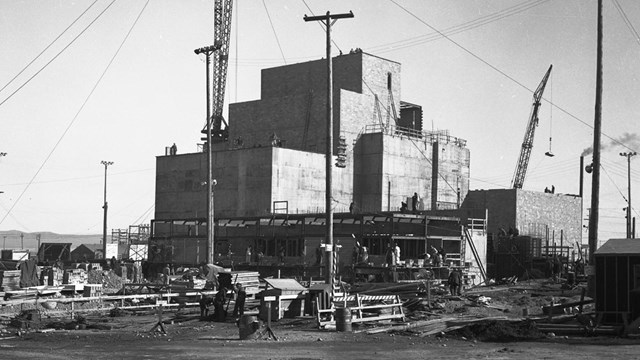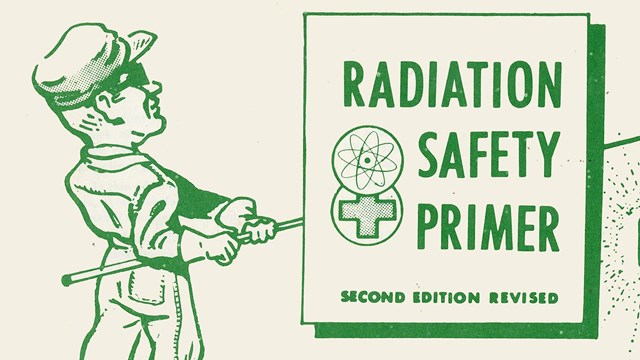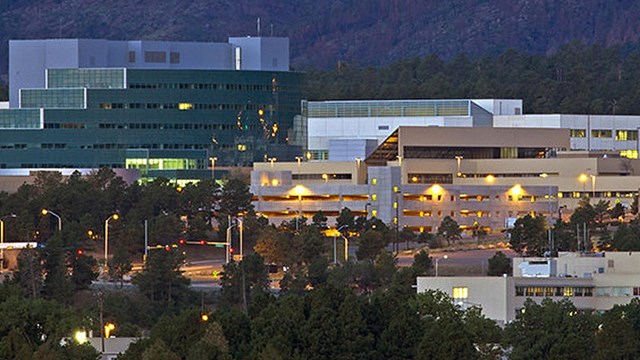
US DEPARTMENT OF ENERGY/ED WESTCOTT
The Manhattan Project is best known for ushering in the Atomic Age, but the project also ushered in the age of Big Science, science on an industrial scale. Well over 600,000 people, from janitors to construction workers, scientists to security guards, combined their efforts during the Manhattan Project to construct and maintain massive facilities to develop atomic weapons, forever changing the world. But what were the scientific discoveries and engineering feats that made all this possible? Explore the journey of scientists and engineers as you learn how they produced plutonium, enriched uranium, and developed the atomic bombs. Delve into into field of health physics which examines how to keep people safe when they work around radiation. Discover the scientific and engineering legacies from the Manhattan Project that still shape the world today.

Developing Atomic Weapons
Revolutionary science and engineering fueled the design and construction of the world's first atomic bombs. 
Enriching Uranium
The facilities at Oak Ridge implemented three different methods to enrich uranium. 
Producing Plutonium
The facilities at Hanford were the first to produce plutonium on an industrial scale. 
Health Physics
An emerging science required new ways ensure safety. 
Beyond Manhattan Project
The Manhattan Project changed the world of science. 
Glossary
This glossary contains words associated with nuclear science and the Manhattan Project. |
Last updated: September 9, 2025
